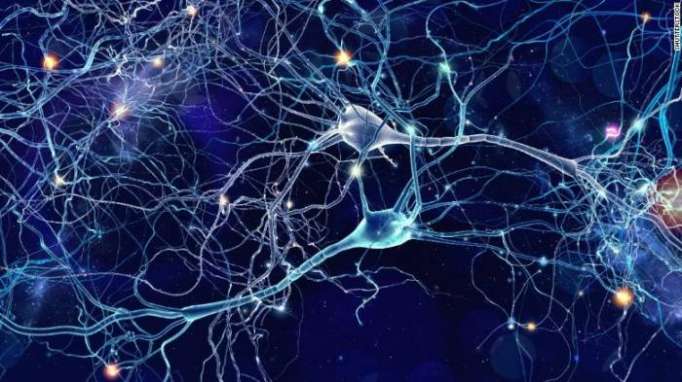The study, published last week in the journal Science, looked at gene products -- otherwise known as messenger RNA -- in over 800 human brains donated from people with psychiatric illnesses including autism, schizophrenia, bipolar disorder, depression and alcoholism, as well as control brains from people without the illnesses.
Researchers found that there was a significant overlap of thousands of these genetic "signatures" among people diagnosed with certain psychiatric illnesses.
"All of these disorders have a genetic contribution to them that's quite substantial, and yet that contribution is not simple. It's very complex," said Dr. Daniel Geschwind, a neurogeneticist at the University of California at Los Angeles and a lead author of the study.
Previous studies have identified genes shared among people with particular psychiatric disorders. But this study went a step further by looking at the actual products of those genes, an indication of their relative activity.
"There does seem to be quite a bit there suggesting that there is perhaps more in common than we would have guessed," said Dan Arking, a geneticist and associate professor of medicine at the Johns Hopkins University School of Medicine, who was not directly involved in the new study.
"We had done a study a couple of years back where we looked at schizophrenia, bipolar and autism, and we saw an overlap between schizophrenia and autism, but we didn't see it with bipolar so much," Arking added.
The new study found that four sets of genes were less active in the neurons of people diagnosed with autism, schizophrenia and bipolar disorder.
But in astrocytes -- supportive cells in the brain that perform many functions, including maintenance of the synapses that connect neighboring cells -- one set of genes was overly expressed in all three disorders.
This suggests that these three disorders could stem from a shared dysfunction in how cells in the brain communicate with each other, according to Geschwind.
"Astrocytes have been long thought of as 'supporting cells,' but it's clear that they play a critical role in what I'll call homeostasis: the usual organization and operation of the synaptic connectivity in the brain," Geschwind said.
The study also found that a different set of genes in cells called microglia were hyperactive in people with autism. Microglia are the immune cells of the central nervous system, clearing the brain of plaques, unnecessary neurons and infectious agents like bacteria. They are also involved in the regulation of synapses during early development, which could explain why autism typically appears during childhood, Geschwind said.
Those with major depressive disorder also shared a common set of markers involved in the hormonal pathways in the brain.
"I would say that depression has its own signature, to simplify it," Geschwind said. "Although globally it overlaps somewhat with schizophrenia and bipolar, it also has a component that is a dysregulation of hormonal signaling."
To eliminate the possibility that the differences were caused by other factors shared by the donors, such as the use of antipsychotic medications, the researchers compared the brain samples with those of nonhuman primates that were treated with antipsychotic drugs. They did not find a significant positive overlap, meaning medication was probably not the cause of the differences in gene activity.
Insights gleaned from the study could help drive the development of treatments for a number of psychiatric disorders, according to Arking.
"Using this approach to try to identify pathways is potentially quite important because it gives you more specific drug targets," he said. "If this pathway is involved, I can give a drug that affects the pathway and not worry so much about finding a drug for each specific gene."
Geschwind also sees the potential for new research into drug treatments coming out of this study.
"If we could understand and refine these patterns, we could use these patterns to find drugs that reverse them," he said.
But, he cautioned, the shared genetic markers were not found in all cases of each psychiatric disorder, leaving much room for environmental effects.
"It's very difficult to separate genetic from environmental factors here," he added. "About half of the overlap is strongly correlated with their genetic relationships, telling us that their shared causal factors likely underlie their shared biology about 50% of the time."
More about: gene
















































